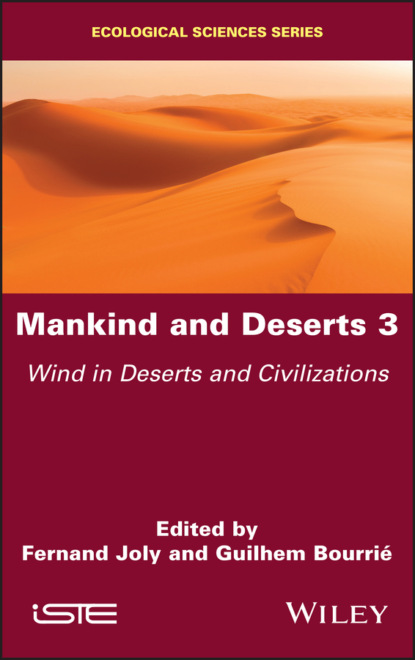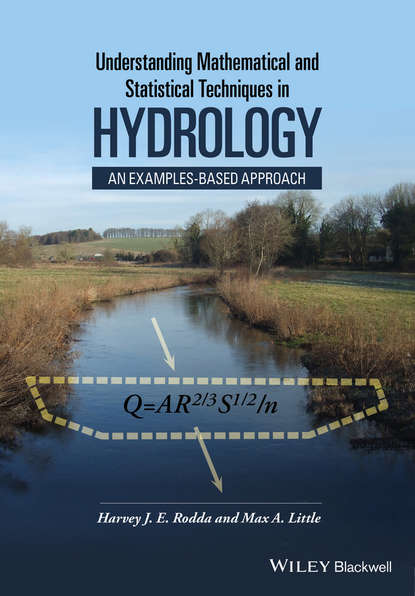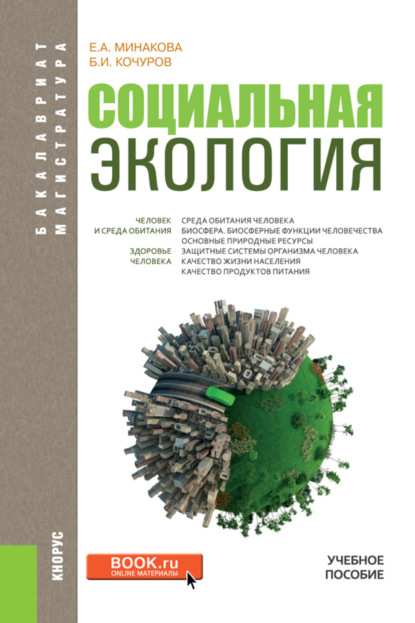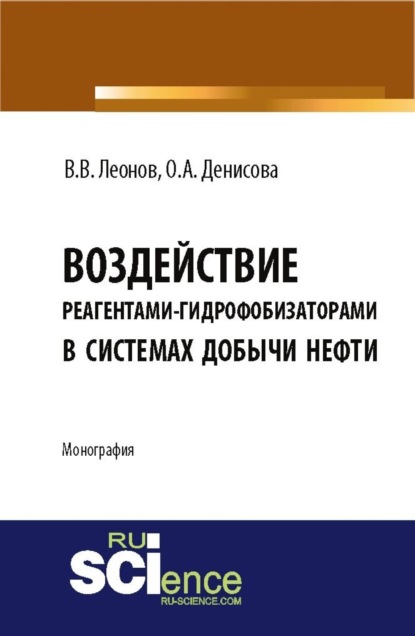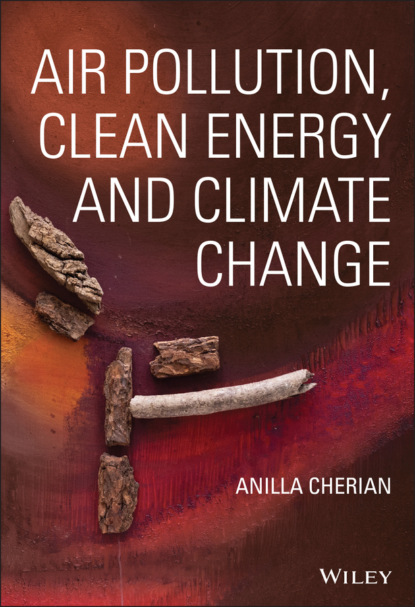"Mankind & Deserts" (Автор: Авторская группа) рассказывает о пышной красоте пустынь и о том, как ветер, который присутствует во всех пустынях холодных и жарких, играет важную роль в формировании ландшафта, вызывая различные формы дюн, например, огромные песчаные холмы и высоченные образования. Аэолическое движение приводит к формированию песков и перемещению их по поверхности . Традиционные общества приспособились к жизни в пустыне и создали оригинальные цивильные системы, используя ресурсы воды и создавая маршруты для торговли, особенно для соли. Это объясняет Март Кот, ский профессор в Константие и университете Экс. Из древних, почти мифических, исследований и научных исследований XX века пустыни стали более узнаваемыми, но все еще обладают привлекательностью. В этой книге рассказывается об истории знаний пустыни, о ее характеристиках и инструментах, необходимых для защиты пустынь в быстро меняющемся мире.
Электронная Книга «Mankind and Deserts 3» написана автором Группа авторов в году.
Минимальный возраст читателя: 0
Язык: Английский
ISBN: 9781119823988
Описание книги от Группа авторов
The wild beauty of deserts has always been a source of fascination the world over. Mankind and Deserts 3 – the third and final volume – focuses on wind, frequently present in all deserts, either hot or cold. Wind plays a major role in aridity and landscapes bear numerous forms due to its action, erosion, transportation and surface formations, some discreet and others spectacular, such as vast expanses of towering yardangs. Aeolian dynamics lead to dune formation, simple or associated with sand ridges or ergs, as in the Sahara. Mankind has attempted, to varying degrees of success, to cope with sand accumulation; ignoring aeolian dynamics has led many development projects to failure. This is developed by Yann Callot, a Professor at Lyon University who studied aeolian dynamics in the Sahara. <p>Traditional societies have adapted to live in deserts, establishing vibrant civilizations with original ways of living, managing water resources and creating routes for trade, especially for salt. In a changing environment, useful lessons can be drawn from the genius of mankind's adaptation to such diverse and fragile environments. This is explained by Marc Côte, who was a Professor at Constantine (Algeria) and Aix-en-Provence Universities. <p>From ancient, almost mythical, exploration to modern scientific studies, deserts have come to be better known yet still hold great appeal. This book traces the history of their knowledge while providing a basis for understanding their features and the tools needed for their protection, in an ever-changing world.
